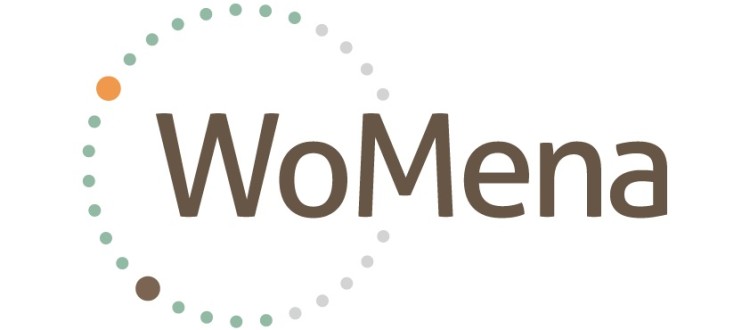Global Research Update #31
Bobel et al.,2020: The Palgrave Handbook of Critical Menstruation Studies. The Palgrave Handbook consists of 72 chapters. WoMena has contributed two chapters on “Menstrual Health Management in Humanitarian Settings” and “Educating Around Innovative Products—Developing a Curriculum to Support Menstrual Cups Programming” based on WoMena’s experience and literature review.
WoMena FAQ, 2020: Are Menstrual Cups regulated by governments around the world. Around the world, there are no globally agreed regulatory framework for approval of menstrual health management (MHM) products in general, and menstrual cups (MCs) specifically. The classification, standards, and procedures vary by country. It complicates matters that, according to one source, there are 199 brands of MCs, marketed in 99 countries. For example, in Europe, MCs are generally categorised as “hygiene products”, and expected to comply with general product safety directives for any given country, but with no requirement for further testing or regulation. In the US, in order for the Food and Drug Administration to “clear” MCs for sale, manufacturers may need to submit a “premarket notification”, but do not need to go through a more extensive process called “premarket approval”, requiring clinical trials and testing. In fact, we are not aware of any country which requires ‘approval’, which is a term reserved for high risk products (not MHM products). In Uganda, there is no specific set of standards for the MC. Instead, every batch of imported MCs is cleared by the Uganda National Bureau of Standards (UNBS) according to general standards. That is, at the moment there is no requirement or justification for MCs to be registered or ‘approved’ by the National Drug Authority (NDA), The NDA has suggested it can be handled by the UNBS, and UNBS is presently considering its follow up. To find out the classification status of MCs in other countries, you can go to the national regulatory body (bureau of standards or medicines regulatory authority – National Medicines Regulatory Authorities). Search for the product or for the ‘consumer product manager’ or ‘regulatory affairs manager’.
Benshaul‐Tolonen et al.,2020: Period Teasing and Stigma: a Survey of Adolescent Boys and Girls in Tanzania. A quantitative survey was conducted in four co-educational secondary schools among 432 male and 524 female students in two districts in Tanzania to measure adolescent boys’ knowledge, experience, and attitudes surrounding menstruation and to collect information on boys’ period teasing behaviour. Results: 13% of girls have experienced period teasing, and more than 80% fear being teased, especially by male classmates. Girls’ fears are associated with insufficient menstrual hygiene management resources and practices. Girls cope by reducing school attendance, participation, and concentration in the classroom during periods. 18% of boys engage in period teasing or 29% observed their close male friends teasing because they perceive periods as embarrassing, especially visible markers of periods even though boys scored fairly well (on average 60% correct) on a 10-question test on about basic biological facts of menstruation, received information from school curricula and health worker. The authors suggest provision of menstrual health education in schools should expand beyond the purely biomedical and include social programming that aims to change social norms and period stigma.
Do you want these monthly global research updates sent to your email? Send an email to WoMena at info@womena.dk

